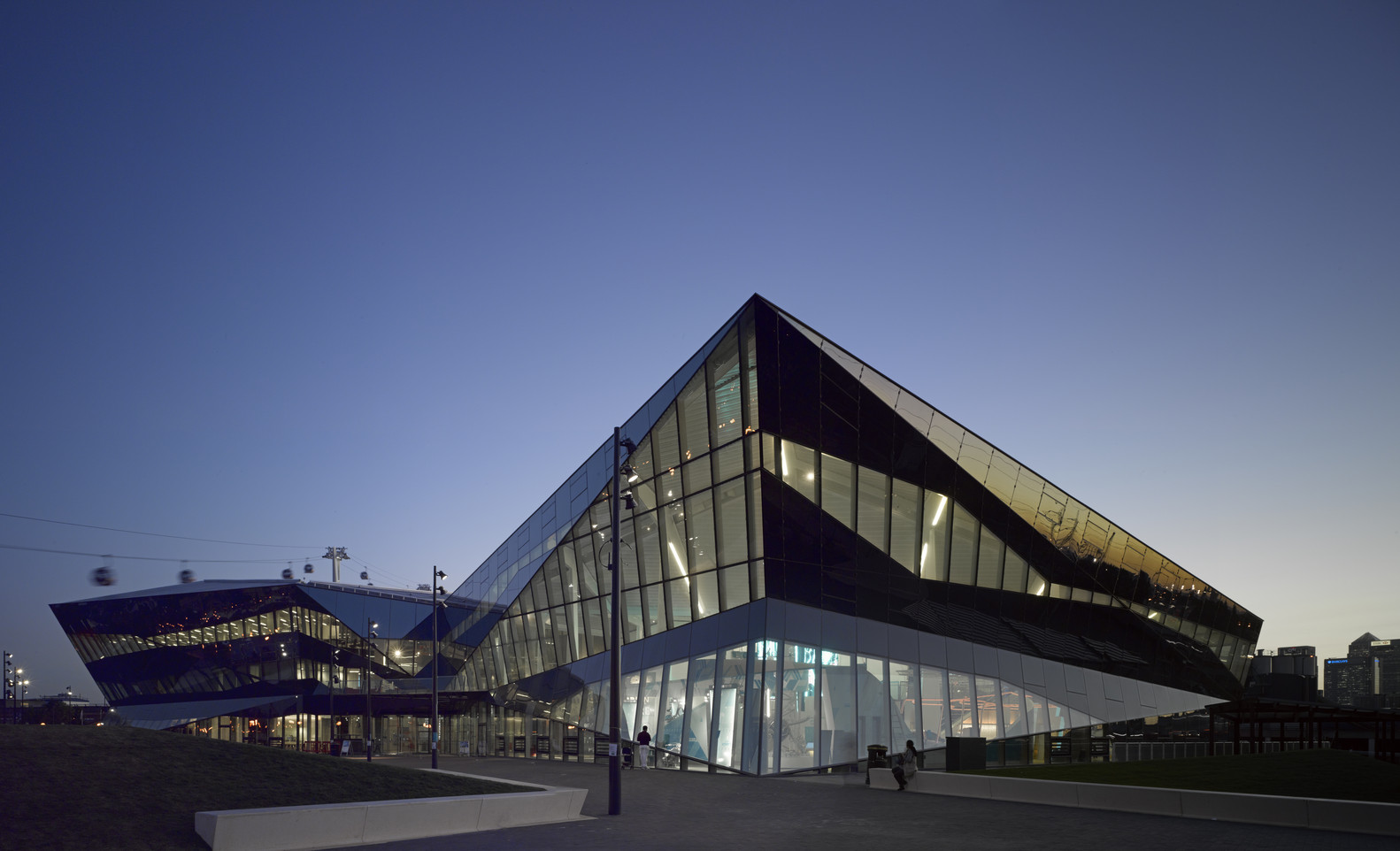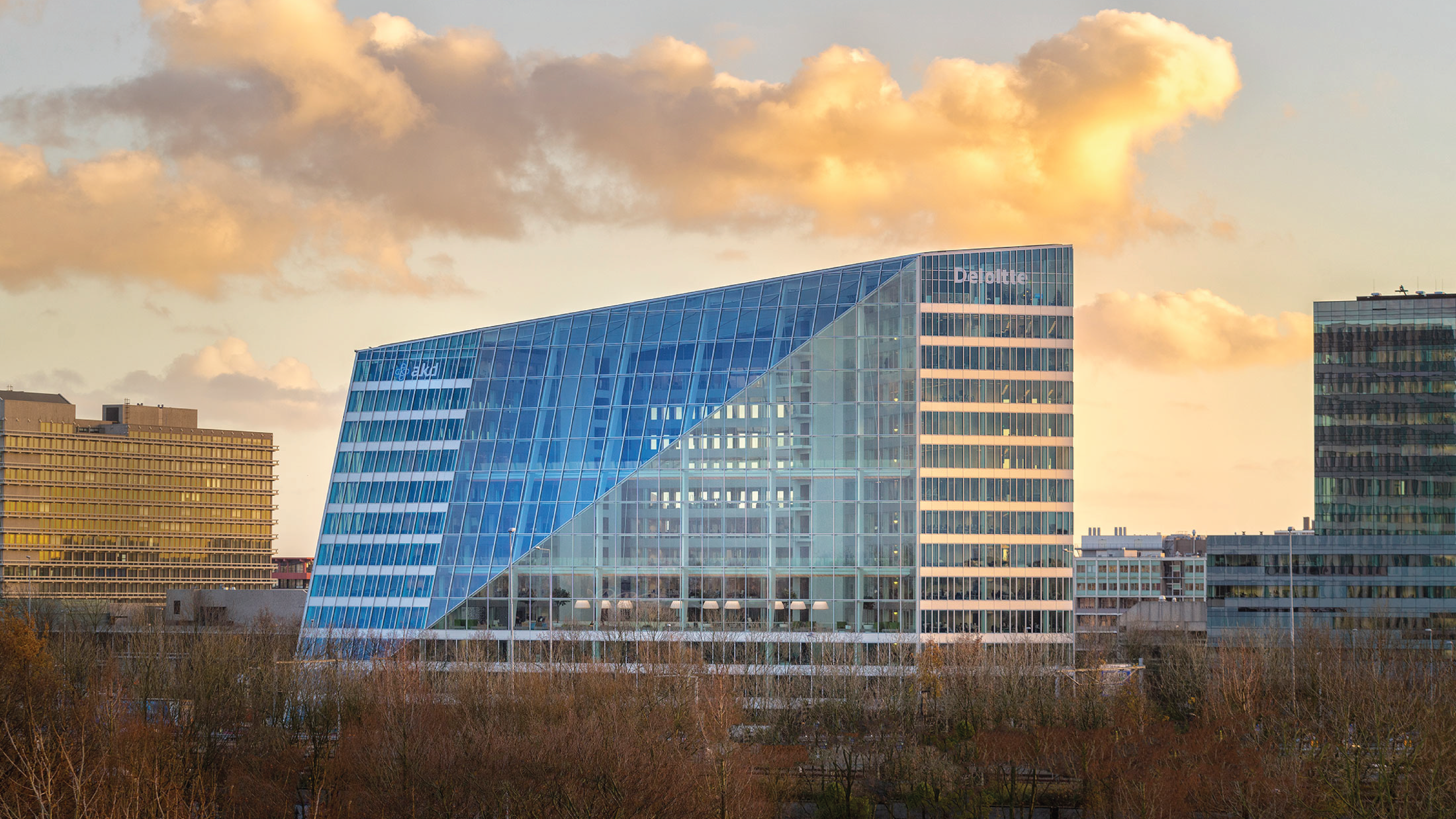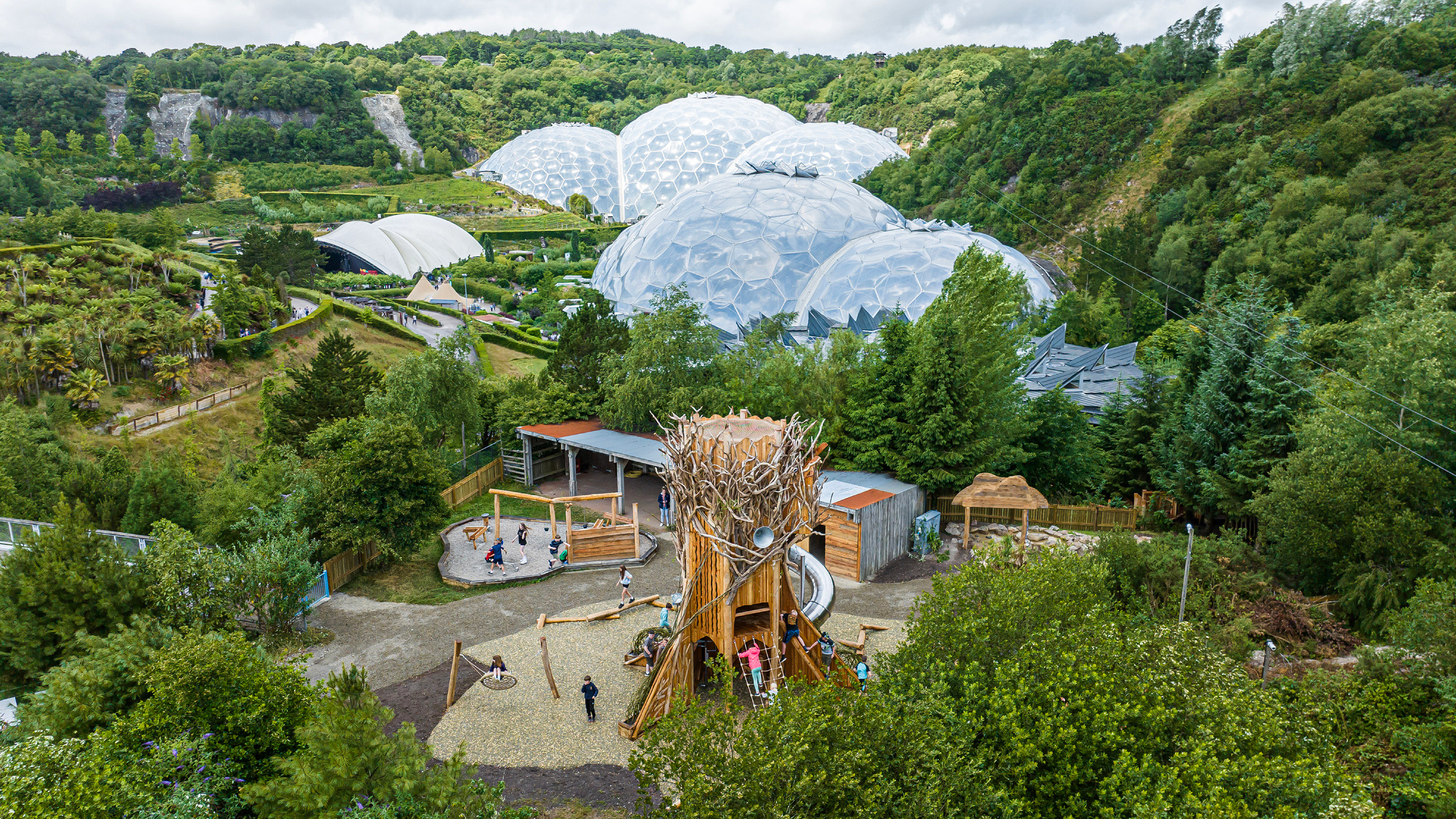Previously, in Pertanto, we talked about smart buildings and how technology has made sustainability and self-sufficiency possible and a primary factor in the development of architectural projects, from small to a large scale.
Artificial intelligence plays a key role in optimizing energy and sustainability in general. Taking these factors into account, we ask ourselves: how can the industry use artificial intelligence to achieve these goals?
Through energy monitoring and control systems based on artificial intelligence technology, energy consumption patterns can be identified and adjusted to optimize efficiency. Artificial intelligence analyzes consumption patterns along with environmental conditions to determine the best time to control heating, ventilation, and lighting systems. This tool can reduce energy consumption by up to 60%.

The Edge, Amsterdam. Photographer: Raimond Wouda

The Edge, Amsterdam. Photographer: Raimond Wouda
Another application of artificial intelligence in technological buildings is the prediction of energy use, as it can be used to forecast the future energy demand in a building. By using machine learning models to analyze these patterns and data, accurate predictions can be made about the amount of energy that will be needed in the future. This helps adjust the overall building configuration productively and optimize its energy use, which in turn helps make better decisions about expenses and reduction.
As a result, artificial intelligence can analyze large amounts of consumption data, such as utility bills, sensor data, and maintenance records, to identify these aforementioned patterns and trends.
Another aspect in which artificial intelligence supports designers to create green and sustainable buildings is optimizing waste management. AI can be used to analyze waste production patterns and methods of disposal, identifying best waste management practices.
Artificial intelligence can help by identifying recyclable materials. Machine learning algorithms can be trained to recognize different types of materials and determine whether they are recyclable or not. By analyzing the composition of waste and recycling rates, patterns and trends can be identified to improve waste management.

The Bullitt, Seattle. Photographer: Benjamin Benschneider
Furthermore, artificial intelligence can be used for predictive maintenance of waste management systems. Internet of Things (IoT) connected sensors can gather real-time data on waste levels in containers and collection equipment. AI can analyze this data to identify equipment issues before they occur and prevent costly breakdowns. Factors such as reducing greenhouse gas emissions and minimizing environmental impact are taken into account.
Another tool in which artificial intelligence shows great benefits is in predictive maintenance, which is closely related to the two points mentioned earlier. The sensors used through the Internet of Things (IoT) are capable of collecting large amounts of data about the performance of one or multiple systems. The machine learning algorithm analyzes this data to predict and detect when a failure or breakdown could occur in a component, structure, or system. These machine learning algorithms can be trained to identify patterns in historical maintenance data, allowing managers to take measures and extend the estimated lifespan of the equipment. This results in less energy usage and fewer harmful waste materials being generated, benefiting the environment.
Image analysis is also a tool used by artificial intelligence for preventive work. Computer vision algorithms can be used to analyze images of building components and systems and detect potential issues, such as the presence of cracks or deformations in structures.

One Angel Square, Manchester. Photographer: Daniel Hopkinson
In addition to being useful in energy savings and maintenance aspects, we cannot overlook that this tool is beneficial for architects and designers during the design phase. Artificial intelligence can be used to assist architects and designers in creating more sustainable buildings from the early stages of the project. Machine learning algorithms can analyze data and patterns to optimize the building’s design in terms of energy efficiency, use of sustainable materials, space utilization, and more, right from the start.

The Crystal, London. Courtesy of Wilkinson Eyre Architects
Similarly, artificial intelligence can be used to create simulation models that allow designers and architects to evaluate different design options and their impact on the sustainability of the building. These simulation models can include data on building orientation, natural lighting, ventilation, use of renewable energy, among other aspects, which inject sustainability from its conception.
Data analysis tools, building management systems, IoT systems and devices, intelligent lighting systems, and simulation models all contribute to the efficiency and improvement of systems, as well as the automation of tasks in order to produce products, projects, and buildings that contribute to the sustainability of our planet. From this perspective, AI is a powerful tool for achieving more sustainable and energy-efficient buildings, which can significantly contribute to the protection of the environment and the conservation of natural resources.







Leave A Comment